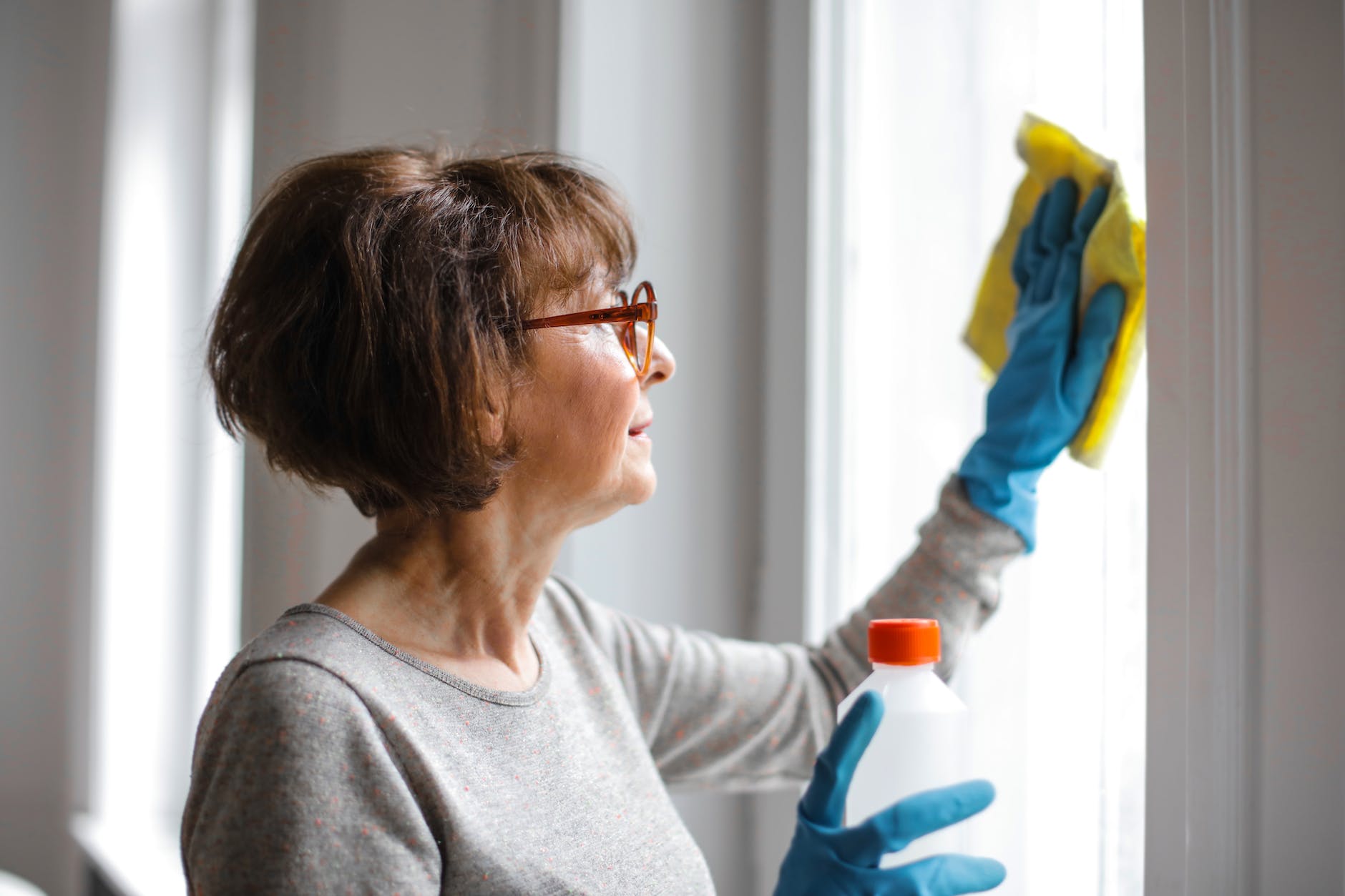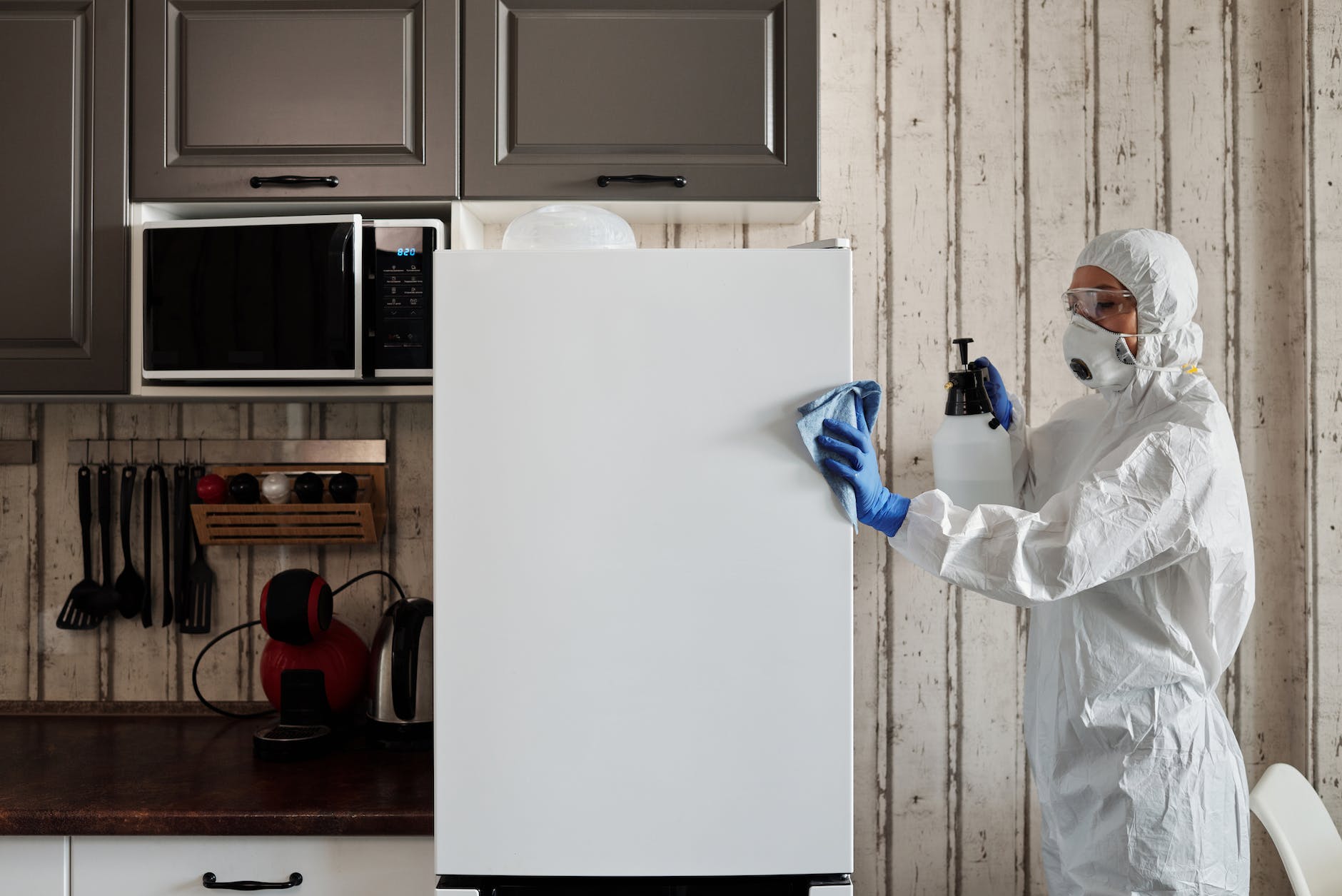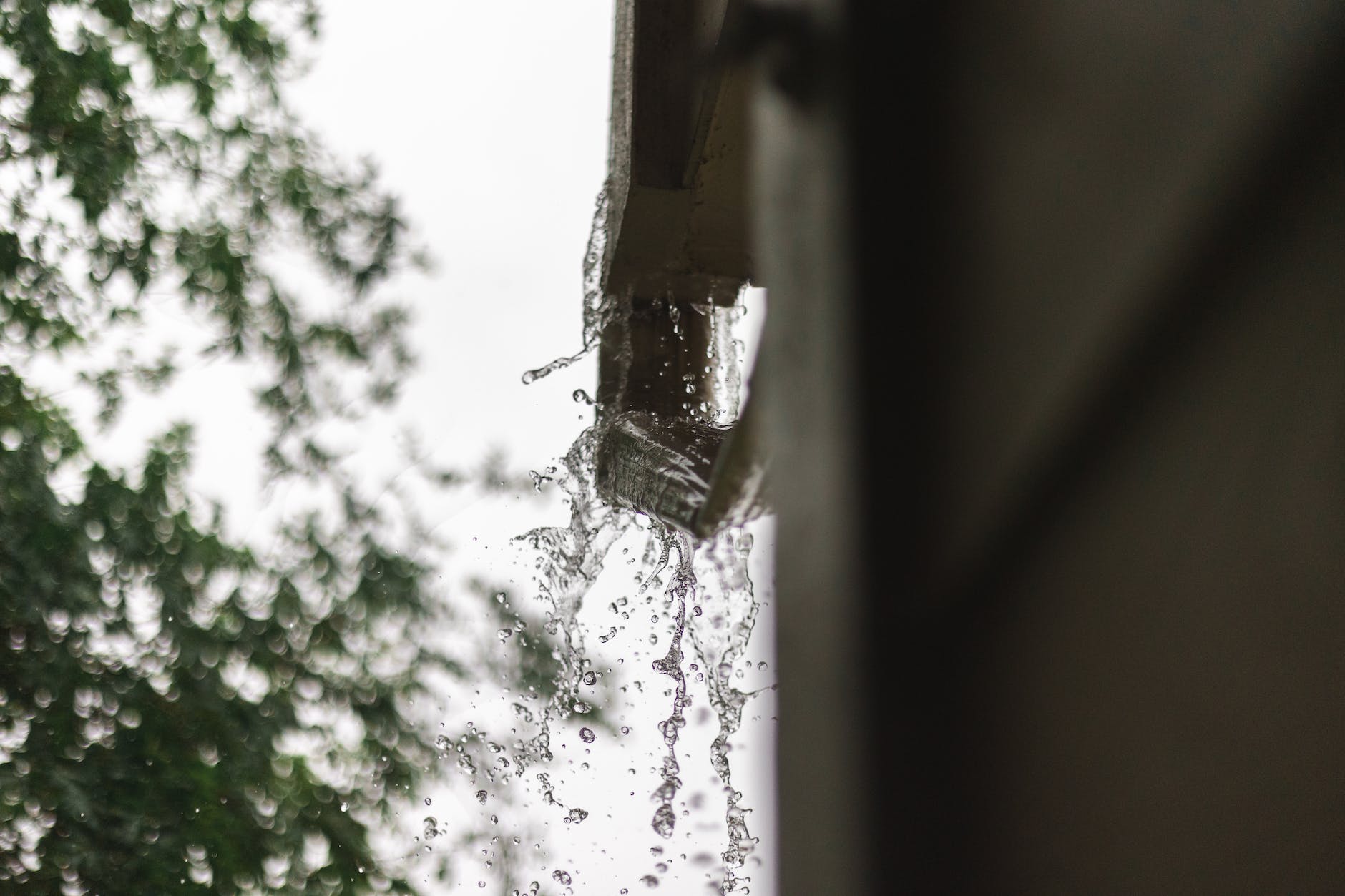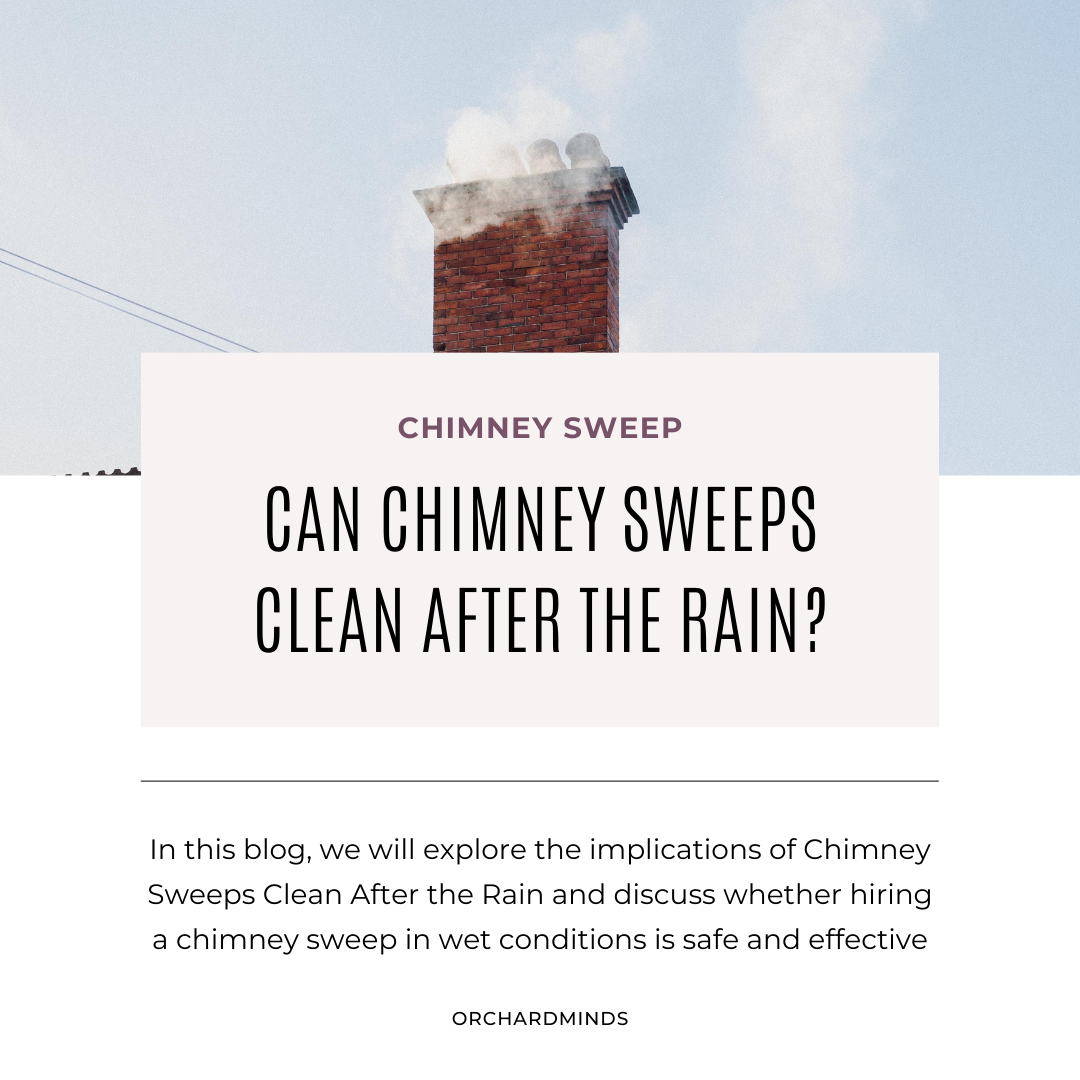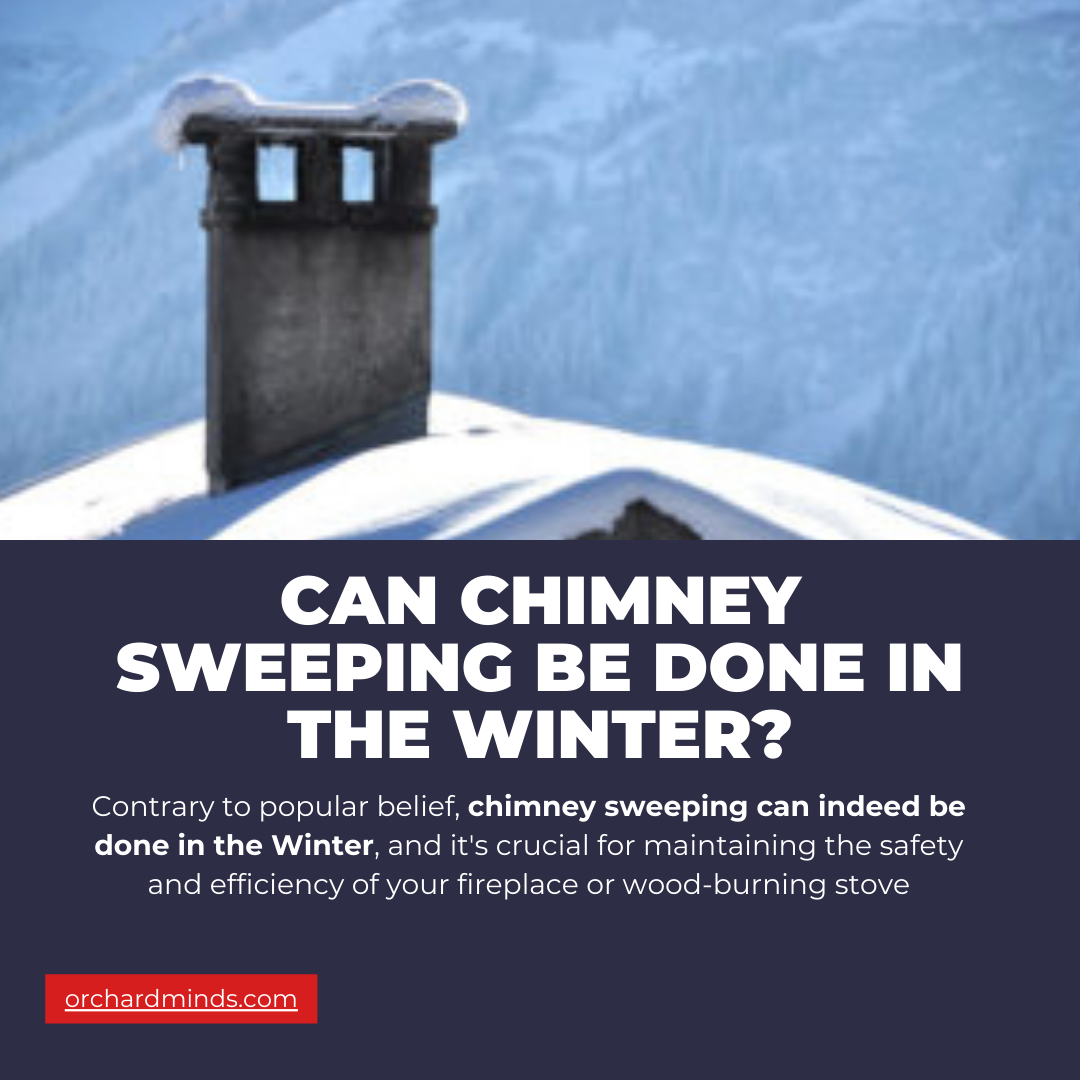What is a dirty chimney flue ? A dirty chimney flue refers to the interior passageway of a chimney that channels smoke and combustion byproducts out of the home. Over time, the flue can accumulate a buildup of creosote, soot, and debris from the combustion of wood or other fuels. This accumulation, commonly known as a dirty chimney flue, poses several risks.
Creosote, a tar-like substance, is highly flammable and can lead to chimney fires if not regularly removed. A dirty flue can also hinder proper ventilation, potentially causing harmful gases, including carbon monoxide, to enter the living space. Regular chimney inspections, cleanings, and maintenance are crucial to prevent the hazards associated with a dirty chimney flue, ensuring the safe and efficient operation of heating appliances.
Understanding the Dirty Chimney Flue: An Overview
Understanding the dirty chimney flue is essential for maintaining a safe and efficient fireplace or heating system. The chimney flue, a passageway that allows the escape of combustion gases, can accumulate debris, creosote, and soot over time, compromising its functionality. A dirty chimney flue not only increases the risk of chimney fires due to creosote buildup but can also hinder proper ventilation, leading to the potential release of harmful gases, including carbon monoxide, into the living space.
Regular chimney inspections and cleanings are crucial to ensure the flue remains clear and unobstructed, facilitating the safe expulsion of combustion byproducts. This overview underscores the importance of proactive maintenance in preserving the integrity of the chimney flue and, by extension, the safety of the entire heating system.
What Causes a Chimney Flue to Get Dirty
A chimney flue can accumulate dirt and debris due to combustion and the materials burned within the fireplace or stove. The primary culprit is creosote, a byproduct of burning wood that condenses and solidifies on the interior walls of the flue. Creosote buildup is a natural occurrence, but it becomes problematic when not properly managed through regular cleanings. Burning unseasoned or wet wood, which produces more smoke and less heat, can contribute to faster creosote accumulation.
Incomplete combustion, caused by restricted airflow or using appliances that are not vented properly, also increases creosote formation. Additionally, burning materials other than wood, such as paper or cardboard, can deposit ash and soot in the flue, further contributing to its dirtiness. Regular chimney inspections and cleanings are crucial to address these factors and prevent the accumulation of combustible materials, reducing the risk of chimney fires and ensuring proper ventilation.
How to Identify a Dirty Chimney Flue
Identifying a dirty chimney flue involves a visual inspection of the interior components of the chimney. A dirty chimney flue often exhibits visible signs of creosote and soot buildup on the flue walls. During an inspection, if you notice a black, tar-like substance coating the inner surfaces of the flue, it indicates the presence of creosote, a highly flammable byproduct of combustion. Soot, a fine black powder, may also be visible. A strong, unpleasant odor emanating from the chimney can also indicate a dirty flue. Regular chimney inspections and cleanings by certified professionals are crucial to identifying and addressing these issues, ensuring proper ventilation, reducing the risk of chimney fires, and maintaining a safe and efficient heating system.
Creosote Buildup: The Primary Culprit in Dirty Chimney Flues
Creosote buildup stands as the primary culprit in dirty chimney flues, posing significant risks to a chimney’s functionality and safety. As wood or other fuels burn in a fireplace or stove, the byproducts of combustion, including creosote, adhere to the chimney’s inner walls. Over time, this tar-like substance accumulates, forming a potentially explosive layer. Creosote buildup not only increases the risk of chimney fires but also obstructs proper ventilation, potentially releasing harmful gases into the living space. Regular chimney inspections and cleanings are crucial to address and prevent creosote buildup, ensuring a clean, efficient, and safe environment for the operation of heating appliances.
Dangers of Neglect: The Consequences of a Dirty Chimney Flue
Neglecting a chimney flue can have severe consequences and pose significant dangers for homeowners. Over time, creosote, soot, and debris accumulation within the flue can restrict proper ventilation, increasing the risk of chimney fires. The highly combustible nature of creosote makes it a potential hazard when left unchecked. Additionally, a dirty chimney flue can impede the efficient exit of gases, including the potentially lethal carbon monoxide, into the atmosphere. This can release harmful pollutants into the living space, posing health risks for occupants. Regular chimney inspections and cleanings are imperative to mitigate these dangers, ensuring the safe operation of heating appliances, preventing fire hazards, and safeguarding the well-being of those within the home.
Cleaning the Flue: Essential Steps for a Safer Chimney
Cleaning the flue is crucial in maintaining a safe and efficient chimney. The flue, the passageway through which combustion gases exit the home, can accumulate creosote, soot, and debris over time. Regular flue cleaning is essential to prevent the buildup of combustible materials that can lead to chimney fires. A certified chimney sweep will typically employ specialized brushes and tools to remove creosote and debris, ensuring proper ventilation and reducing the risk of hazardous blockages.
This process not only enhances the safety of the chimney but also contributes to the overall well-being of the home’s occupants by preventing the release of harmful gases, such as carbon monoxide, into the living space. Regular chimney maintenance, including thorough flue cleaning, is fundamental for homeowners seeking a secure and efficient heating system.
Professional Chimney Inspections: Uncovering the Secrets of Your Flue
Professional chimney inspections play a crucial role in uncovering the secrets of your flue, revealing hidden issues that may compromise the safety and efficiency of your fireplace or heating appliance. Certified chimney inspectors employ specialized knowledge and tools to assess the condition of the chimney liner, check for creosote buildup, identify potential blockages, and examine the overall structural integrity of the chimney. These inspections uncover existing problems and help prevent potential hazards, such as chimney fires and carbon monoxide leaks. By entrusting your chimney to the expertise of professionals, you ensure a thorough examination that unveils the mysteries within, allowing for prompt and effective solutions to maintain a safe and functional chimney system.
Prevention Strategies: Keeping Your Chimney Flue Clean and Safe
Prevention strategies are crucial for maintaining a clean and safe chimney flue. Regular chimney inspections and cleanings conducted by certified professionals are pivotal in identifying and addressing potential issues such as creosote buildup and blockages. Installing a chimney cap is an effective preventive measure, acting as a barrier against debris, pests, and moisture while allowing proper ventilation. Monitoring the burning practices, such as using seasoned wood and avoiding the overproduction of creosote, contributes to a cleaner and safer chimney. By prioritizing these prevention strategies, homeowners can ensure the optimal performance of their chimneys, reduce the risk of fire hazards, and create a secure environment for their households.
Common Misconceptions: Debunking Myths About Dirty Chimney Flues
Common misconceptions surrounding dirty chimney flues often perpetuate myths that can compromise the safety and efficiency of a home’s heating system. One prevalent myth is that a dirty chimney is only a concern for wood-burning fireplaces, neglecting that gas appliances can produce byproducts that accumulate in the flue. Another misconception is the belief that a chimney only requires cleaning when visible soot is present, overlooking the potential dangers of hidden creosote buildup.
Additionally, some homeowners may think that chimney cleaning is a DIY task, underestimating the importance of professional inspections to identify structural issues and potential hazards. Debunking these myths underscores the significance of regular chimney maintenance, irrespective of the type of fuel used, and the necessity of professional expertise to ensure a safe and efficient home heating system.
The Importance of Regular Maintenance: Preserving a Healthy Chimney Flue
Regular maintenance is crucial for preserving a healthy chimney flue and ensuring the safe and efficient operation of your fireplace or heating appliance. The chimney flue serves as the passageway for smoke and gases to exit your home, and over time, it can accumulate creosote, soot, and debris. These deposits can lead to chimney fires or obstruct proper ventilation without regular cleaning, increasing the risk of exposure to carbon monoxide.
Additionally, structural issues or blockages can compromise the integrity of the chimney flue. Routine inspections and cleanings by certified professionals are vital to address these potential issues, promoting optimal airflow and reducing the likelihood of hazards. Prioritizing regular maintenance not only extends the lifespan of your chimney but also contributes to a healthier and safer indoor environment for you and your family.
